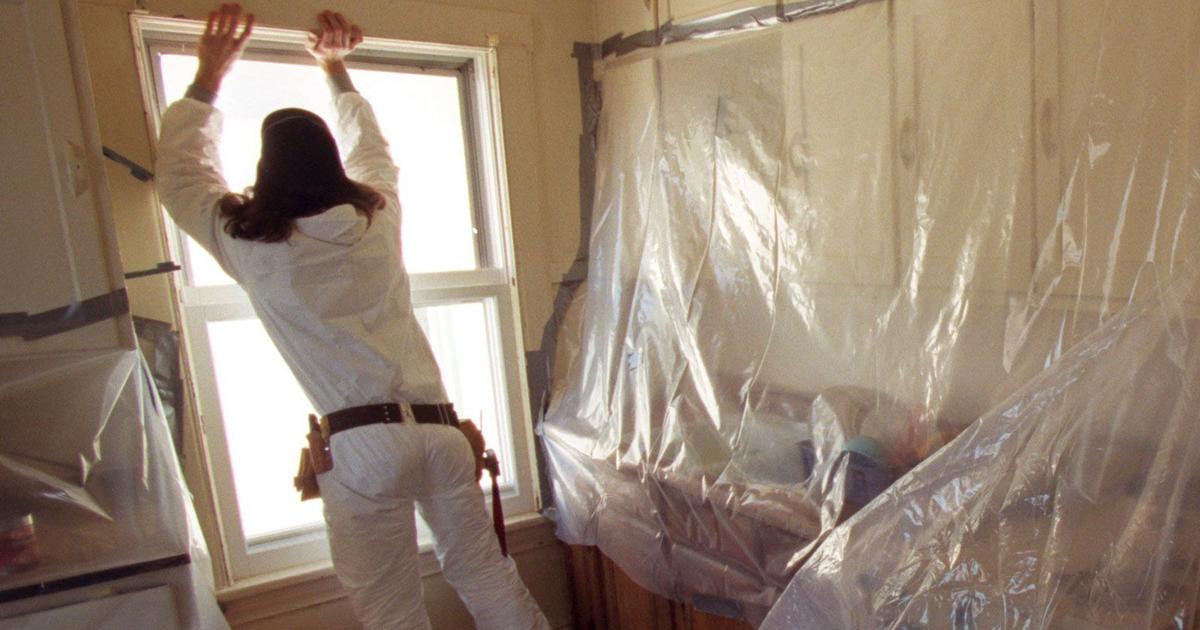
New EPA Guidelines Identify Any Lead Paint Dust as Hazardous: A Wake-Up Call for Homeowners and Caregivers
In a groundbreaking move that underscores the seriousness of the lead paint crisis, the U.S. Environmental Protection Agency (EPA) has officially finalized new rules classifying any level of lead dust as hazardous. This policy aims to enhance the identification and cleanup processes of harmful lead dust found in homes and child-care facilities nationwide. This regulatory change, which was confirmed last Thursday, represents a significant step towards protecting public health, particularly that of vulnerable populations like children.
Lead exposure, even at minimal levels, poses severe risks to health, particularly for young children. The implications of lead poisoning are well-documented, with effects that can disrupt brain development and result in a range of enduring health issues. Lead was largely phased out of paints in the U.S. back in 1978; however, millions of homes built before this crucial change still harbor this dangerous substance. According to estimates, around 31 million homes constructed prior to 1978 are at risk, with approximately 3.8 million of those dwellings occupied by children under the age of six.
Understanding the Dangers of Lead Exposure
Lead is a heavy metal that can significantly disrupt bodily functions and development. Children, whose brains and bodies are still developing, are particularly vulnerable. Exposure can result in cognitive impairments, behavioral problems, and a host of physical health issues. Symptoms of lead poisoning can be subtle, and parents and caregivers may not immediately recognize them – a dangerous reality that makes early detection and preventative measures crucial.
With the EPA’s new regulations, the spotlight shines brighter on residential spaces and child-care facilities that may unwittingly expose children to lead dust. In homes where lead paint may still exist—often in peeling paint or settled dust—diligent cleaning is necessary to mitigate risks. The standard set by the EPA now calls for proactive identification and remediation, which means homeowners and facility managers need to adopt more rigorous cleaning practices.
What the New Guidelines Mean for Homeowners and Child-Care Providers
Under the new rules, any detection of lead paint dust—even in what might have previously been considered an “acceptable” amount—will now require immediate action. Both homeowners and child-care providers will have to be proactive in addressing lead dust contamination. This change means that regular inspections and cleaning practices will need to be updated to include stringent measures for dust containment and removal.
For homeowners, this heightened vigilance may entail hiring certified lead abatement professionals to conduct inspections and, if necessary, perform safe cleanup procedures. DIY approaches to lead dust removal are no longer advisable due to the potential for harmful exposure during untrained clean-up efforts.
For child-care facilities, compliance with the new regulations will be especially impactful. Providers will need to implement routine checks and maintain detailed records of lead dust inspections and any cleaning completed. The burden of ensuring a safe environment for children now weighs even more heavily on caregivers, reinforcing the necessity for training and awareness in handling lead contamination effectively.
The Road Ahead: Overcoming the Lead Crisis
The EPA’s latest action is a pivotal moment in the ongoing battle against lead exposure in America. As communities grapple with the realities of aging buildings and lingering toxins, the onus is on both individuals and institutions to foster safer environments. Increased public awareness about the dangers associated with lead exposure, along with ongoing educational initiatives, can help curb its prevalence.
For anyone living in a home built before the late 1970s, this regulatory change should serve as a wake-up call. It’s essential to understand the potential risk factors associated with lead paint and dust, especially if young children are present. Now is the time for proactive measures—a home inspection, professional evaluation, and a commitment to maintaining a lead-safe environment.
In conclusion, while we rejoice at the strides we’re making in public health policy, the work is far from over. The responsibility lies with each of us to ensure our homes and care facilities are safe and that our children can grow and thrive in environments free from the dangers of lead exposure. As these new EPA guidelines take effect, let’s unite in our efforts to build a healthier future for all.


